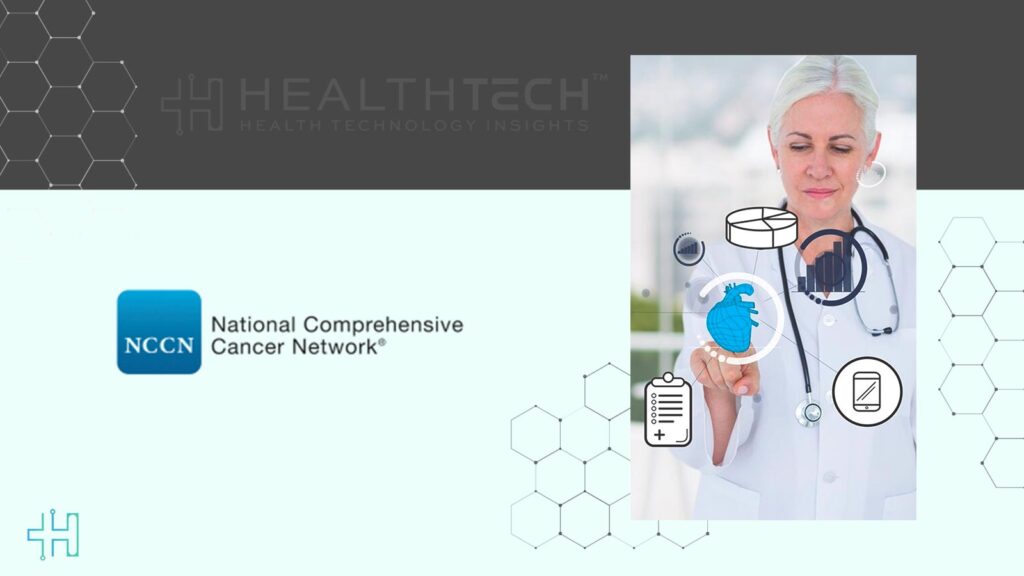- CS5001 is so far the first anti-ROR1 ADC known to show clinical anti-tumor activity in both solid tumors and lymphomas. The data presented at ASH highlighted the latest safety and efficacy of CS5001 as a monotherapy for patients with advanced lymphomas.
- CS5001 is well tolerated in heavily pre-treated patients with advanced B-cell lymphoma. No dose-limiting toxicity (DLT) has been reported up to dose level 10 (DL10).
- Encouraging anti-tumor activity with high objective response rate (ORR) was observed regardless of ROR1 expression levels, starting from the effective dose, in advanced Hodgkin lymphomas (HLs) (ORR=60.0%) and non-Hodgkin lymphomas (NHLs) (ORR=56.3%). At the preliminary recommended Phase 2 dose (RP2D) of DL8 (125 μg/kg), a notably higher ORR of 76.9% was observed in advanced B-cell lymphoma, including 3 evaluable HL cases with complete or partial response, and an ORR of 70% in NHL.
- The global multicenter Phase 1 trials of CS5001 are currently in progress in the USA, Australia, and China. Dose escalation has been completed with ongoing backfilling of patients for selective DLs. A Phase 1b dose-expansion study across multiple tumor types with registration potential is expected to be initiated soon.
HealthTech Insights: ESYA Labs Partners with Alamar Biosciences to Advance Biomarker Detection and Diagnostics for Neurological Diseases
CStone Pharmaceuticals, an innovation-driven biopharmaceutical company focused on the research and development of anti-cancer therapies, announced today the presentation of the latest clinical data for CS5001, an anti-ROR1 ADC and one of the leading assets in CStone Pipeline 2.0, at the 66th American Society of Hematology (ASH) Annual Meeting. These data highlight the compound’s potential as a treatment for lymphoma.
Receptor tyrosine kinase-like orphan receptor 1 (ROR1) is an embryonic tyrosine kinase-like molecule implicated in multiple pathways promoting oncogenic signaling. ROR1 is overexpressed at high frequency in hematological malignancies and in a broad spectrum of solid tumors while lower or absent in normal tissues, which makes ROR1 an attractive anti-cancer therapy target. CS5001 is so far the first anti-ROR1 ADC known to show clinical anti-tumor activity in both solid tumors and lymphomas.
HealthTech Insights: Hyundai Supports UCI Health with Diabetes Donation
Dr. Jason Yang, CEO, President of R&D, and Executive Director at CStone, commented,”We are very encouraged that CS5001 continues to demonstrate potent anti-tumor activity and manageable safety and tolerability in the ongoing clinical study. The data presented at ASH further validate CS5001’s potential, particularly as a monotherapy for patients with advanced lymphomas, most of whom had failed at least 3 prior lines of therapy. We observe encouraging anti-tumor activity in both HLs and NHLs, especially the ORR of 76.9% among the 13 evaluable patients with advanced B-cell lymphoma at DL8 (125 μg/kg). As we move forward with our Phase 1b study, we will further evaluate and optimize the dose. Given CS5001’s initial efficacy in both aggressive and indolent lymphomas, we are confident in its broad clinical potential and significant market competitiveness. We remain committed to accelerate the clinical development of CS5001 in bringing this novel therapy to lymphoma patients as soon as possible.”
Patient baseline characteristics
A total of 33 patients with advanced B-cell lymphoma were enrolled, including 17 diffuse large B-cell lymphoma (DLBCL), 11 HLs, 2 follicular lymphoma (FL), 1 mantle cell lymphoma (MCL), 1 marginal zone lymphoma (MZL), and 1 high-grade B-cell lymphoma (HGBCL).
Among them, 84.8% were Asian, and the rest were non-Asian. 81.8% of the patients had received at least 3 prior lines of systemic anti-tumor therapy. In the DL8 cohort, patients who had previously received CART and hematopoietic stem cell transplantation therapy each accounted for over 20%.
Safety and tolerability
Dose escalation has been completed and no DLT has been reported up to DL10 so far.
Efficacy Results
CS5001 demonstrated encouraging anti-tumor activity in B-cell lymphomas, with an ORR of 48.4% across all dose levels; a notably higher ORR of 76.9% was observed at DL8 (125 μg/kg) among 13 evaluable patients.
- Hodgkin Lymphoma (HL): objective responses were observed from effective dose of DL5 (50 μg/kg) and above, including 3 complete responses (CRs) and 3 partial responses (PRs) among 10 evaluable patients at DLs 5-9 (ORR: 60.0%). 2 CRs and 1 PR were observed at DL8 (125 μg/kg) among 3 evaluable patients.
- Non-Hodgkin Lymphoma (NHL): objective responses were observed from effective dose of DL7 (100 μg/kg) and above, including 3 CRs (2 DLBCL and 1 MCL) and 6 PRs (3 DLBCL, 1 MZL, 1 HGBC and 1 FL) among 16 evaluable patients at DLs 7-9 (ORR: 56.3%). A notably higher ORR of 70.0% was observed at DL8 (125 μg/kg) among 10 evaluable patients.
HealthTech Insights: Smart Data Solutions Expands with New Global HQ, Accelerating AI-Driven Healthcare Automation
The global multicenter Phase 1 trial of CS5001 are currently in progress in the United States, Australia, and China. Dose escalation has been completed. Backfilling at DL8 (125 μg/kg) or DL9 (156μg/kg) is still ongoing. A Phase 1b dose-expansion study with potential for registration across multiple tumor types is expected to be initiated soon.
To participate in our interviews, please write to our HelthTech Media Room at news@intentamplify.com
Source – Prnewswire



